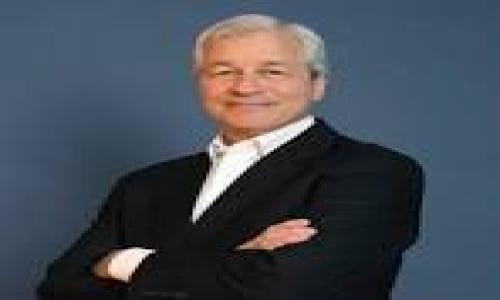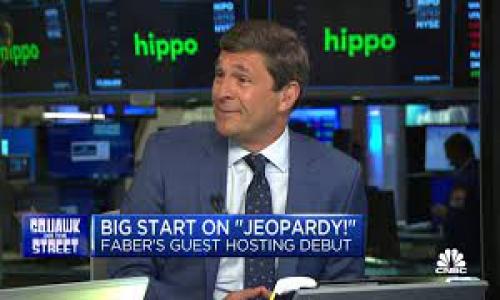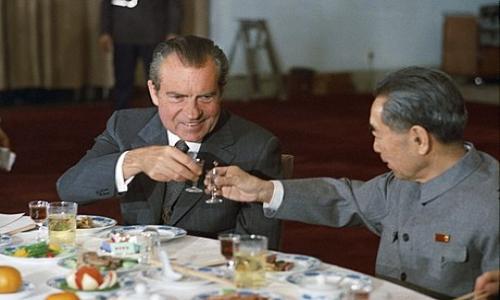As expected a third round of quantitative easing will be implemented by the Federal Reserve, which announced its decision to continue forward with its loose monetary policy for the foreseeable future. The plan particulars as put forth by the Fed contains what some deem as a radical departure from previous efforts as QE III, unlike the first two rounds of QE, does not have an end date. This results in an open ended policy that creates the potentiality for unlimited future actions on the part of the Fed in its ongoing struggle to help the economy create jobs. Additionally the previous promise to keep rates low into 2014 was extended through mid 2015, providing the Fed with even more time and leeway to act at its own discretion. This latter piece is a continuance of the growing belief within economists circles that the promises of future easy monetary policy is at times a more effective tool to calm markets than are the actual bond purchases that comprise QE. The Fed pledged to do whatever it deems necessary until “substantial improvement” in the labor market has occurred, although it remains entirely unclear what the definition of “substantial” is. Chairman Bernanke’s answers to queries on this topic were vague other than acknowledging that past efforts on the part of the Federal Reserve had failed to achieve their goals and that a new, hard focus on driving unemployment down would be the centerpiece of all future efforts. These statements are, in a way, remarkable, in that not only has Mr. Bernanke publicly admitted that past policy efforts have been ineffective, but that despite this he still possesses sufficient gravitas to convince the majority of the Federal Open Market Committee (FOMC) to follow this new initiative, with only one member dissenting.[1]
This does not mean that this policy lacks its detractors however. Dallas Fed President Richard Fisher, without a vote on the FOMC this year, indicated emphatically that if he still possessed voting power, he would have dissented from this latest decision as well. "I would argue that it is less impactful right now because you have other things inhibiting businesses from making decisions on capex and employment," Fisher told CNBC. "I don't think this program will have much efficacy." Additionally, Mr. Fisher noted that monetary policy alone will have a limited effect and that changes in fiscal policy must be enacted by our government’s legislative body and he urged Congress to “get your act together”.[2] Other influential market watcher’s added their weight to Mr. Fisher’s opinion as David Greenlaw, Morgan Stanley's chief U.S. fixed income economist said, “I'm a little bit skeptical about the effects of QE on equities” and Jan Hatzius, Goldman Sachs' chief economist indicated, "We do think it's going to have some effect," he says. "We don't think it's going to be a major boost."[3]
Concerns about the Fed’s new initiative aren’t limited to its short term efficacy. Indeed the major concerns seem focused upon long term problems as there remains a danger that an increase in the money supply could lead to a rise in inflation. Although this has been an oft repeated mantra of the opposition to similar Fed policies of the past, this inflation spike has yet to materialize. Still, the greater the liquidity in the market, the greater the risk for such a potentially catastrophic development as noted by Peter Hooper, chief economist at Deutsche Bank Securities, who said that additional QE "will exacerbate the exit challenges they face down the road."[4]
Joining Mr. Hooper in his concern for the lack of a definitive exit strategy is prominent economist and Harvard professor Martin Feldstein, currently serving as an advisor to the Romney campaign. He states that there is no clear idea of how high rates will go once the Fed decides to begin liquidating its massive fixed income position by selling its holding to the same banks it is currently buying the securities from. If rates spike with unemployment still high such an event could be highly problematic. Additionally there is legitimate concern that the Fed’s actions are feeding a bond bubble that, like any asset bubble, is simply not sustainable. If the Fed decides to sell, or the two largest foreign holders of our debt, China and Japan, decide they are no longer interested in buying, interest rates could potentially rise at an alarming rate. This of course would lead to higher mortgage rates and damage a real estate market only just now showing signs of health after seven years in darkness.[5]
In summation, the Fed is taking a calculated risk through its announced intended actions last week that they will be able to maintain the status quo of low economic growth and low job growth until other drags on the economy sort themselves out. They are, in other words, attempting to buy time for the recovery to grow and presumably begin to accelerate beyond the positive but mediocre numbers of the last several years. In this they may be successful, but this short term goal may result in a long term structural issue once the Fed begins the monumental process of exiting its multi trillion dollar Treasury position as the risk of an explosion in interest rates and accompanying inflation is a real and potentially devastating danger.












Add your Comment
or use your BestCashCow account